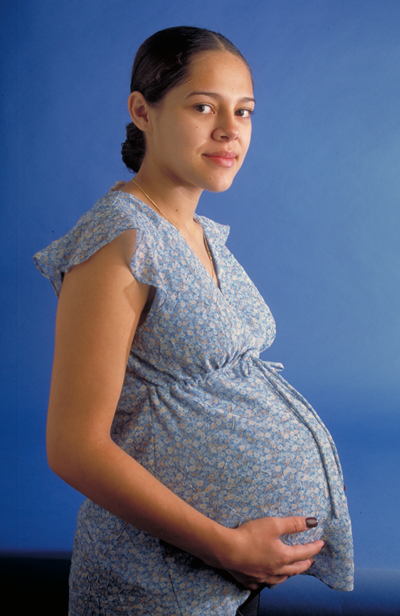How IVF became a licence to print money
By Fay Schopen,
The Guardian
| 06. 18. 2018
I don’t consider myself to be lucky. I have never won the lottery, or even found a fiver in an old coat pocket. But there is one aspect in life where fortune has smiled on me: I am eight months pregnant with my first child – the result of IVF treatment.
Around three-quarters of all IVF cycles fail. And results vary with age. Figures from the Human Fertilisation and Embryology Authority (HFEA) published in March state the average live birthrate for each fresh embryo transferred for women of all ages is 21%; for those aged under 35, it is 29% – the highest it has ever been. For older women, the picture is bleaker: 10% for women aged 40-42, for example.
In 2011, then aged 36, I underwent one cycle of IVF, funded by my local NHS trust, before I was treated for breast cancer. The embryos were frozen and in 2016 I embarked on the next stage: implantation. Funding was unavailable because I was by then over 40 and it was clear to me that IVF funding was unfair...
Related Articles
By Grace Won, KQED [with CGS' Katie Hasson] | 12.02.2025
In the U.S., it’s illegal to edit genes in human embryos with the intention of creating a genetically engineered baby. But according to the Wall Street Journal, Bay Area startups are focused on just that. It wouldn’t be the first...
Several recent Biopolitical Times posts (1, 2, 3, 4) have called attention to the alarmingly rapid commercialization of “designer baby” technologies: polygenic embryo screening (especially its use to purportedly screen for traits like intelligence), in vitro gametogenesis (lab-made eggs and sperm), and heritable genome editing (also termed embryo editing or reproductive gene editing). Those three, together with artificial wombs, have been dubbed the “Gattaca stack” by Brian Armstrong, CEO of the cryptocurrency company...
Alice Wong, founder of the Disability Visibility Project, MacArthur Genius, liberationist, storyteller, writer, and friend of CGS, died on November 14. Alice shone a bright light on pervasive ableism in our society. She articulated how people with disabilities are limited not by an inability to do things but by systemic segregation and discrimination, the de-prioritization of accessibility, and the devaluation of their lives.
We at CGS learned so much from Alice about disability justice, which goes beyond rights...
By Lucy Tu, The Guardian | 11.05.2025
Beth Schafer lay in a hospital bed, bracing for the birth of her son. The first contractions rippled through her body before she felt remotely ready. She knew, with a mother’s pit-of-the-stomach intuition, that her baby was not ready either...




